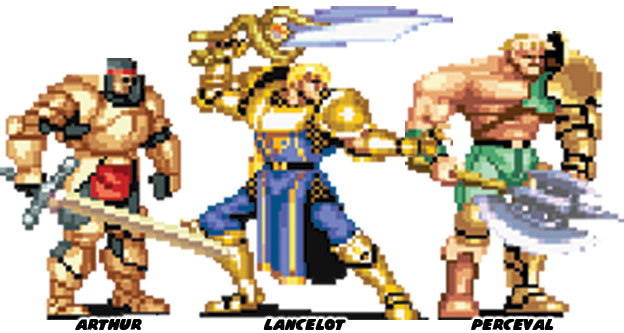
In Asia, specifically in Japan, there were stories of swordsmen and wanderers whose martial skill was legendary. They traveled the countryside, helping where they could, fighting bandits or squashing rebellions singlehandedly. These men went undefeated in battle and when they dueled they dueled to the death. Miyamoto Musashi was a late 16th century hero. He traveled all over Japan and chronicled his adventures. He became a hero of sorts. His published A Book of Five Rings is studied to this day for its insight into battle strategies. Musashi was a Buddhist, sometimes presented as a reckless long-haired character, that reflected on the meaning of his life and combat while he was alive. A contemporary that was born just after Musashi was Yagyū Jūbei Mitsuyoshi. The samurai had become romanticized in manga and animé centuries after his death. He was a dangerous swordsman that spoke frankly even if it meant upsetting his superiors. He was often represented as a dead-serious samurai wearing an eye-patch. Whether the man actually wore an eye patch was argued by historians. The legend of sword fighters like Musashi and Jubei were adapted into the canon of Samurai Spirits / Samurai Showdown, a sword fighting game series by SNK. Haohmaru represented Musashi and Jubei represented, well, Jubei. The legend of Musashi even inspired the character of Heishiro Mitsurugi from the 3D fighting game Soul Calibur.
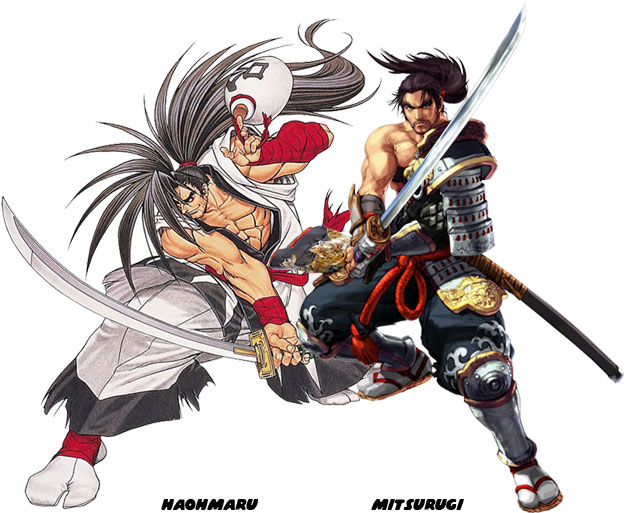
The feudal era extended for centuries. Whether it was China, Japan or even in a western nation, the period between the 15th and 19th centuries became romanticized. Knights, swordsmen, bandits and pirates all inspired tales of bravery and hereoism in pop culture. For the martial artists it seemed that as one legend had passed a new one was born. In some instances two or more legends existed at the same time, although they may have never crossed paths. That was where a well written story or a cleverly framed video game might come in handy. If something were to bring all of the feudal-era sword masters together, like a demon bent on global domination, then perhaps fans might get to see what would happen. Or what about if the best sword fighter in China crossed paths with the best fencer from France? Or what would happen if a Native American Shaman fought a Cowboy Ninja? These scenarios and more were explored in the Samurai Spirits series. The liberties that SNK took with regards to timelines and technology were overlooked because the games were highly addicting. Although some of the specific cultures might have been separated by a century or two the exact era was sort of blended together in one "it could have happened" moment in the past.
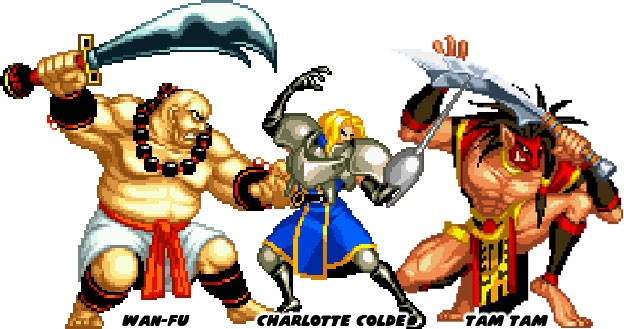
What could be seen as one of the most important features of the series was the use of supernatural characters. Ancient Japanese demons, ghosts and monsters were disguised as human opponents in the series. Many were able to use their dark forces against the sword masters. It was a unique balance of plausible and impossible character design that worked in the favor of the series. Other fighting games tended to keep the characters either very realistic or very absurd but never in the middle. Many of the designers of the Samurai Spirits series had left Capcom and had taken many of the design elements from the creation of the Street Fighter series with them. As such they were able to create a cast that was as memorable as the best fighters from Capcom. Where SNK's team differed were in what elements they incorporated into the design and special attacks of the main characters. For Street Fighter the characters were rooted in a particular fighting style and nationality. Some characters, like Ryu, Ken and Chun-Li were inspired by real-world heroes. For Samurai Spirits the characters were also rooted in a particular sword fighting style and nationality as well. Some were even based on legendary sword fighters yet the Samurai Spirt characters had an additional design element applied to them. Some were themed after the seasons; spring, summer, fall and winter and some were themed after the elements. Take the Kazama brothers for example The ninja Kazuki was fire and Sogetsu was water, the two were at odds with each other despite their blood bond. It made for a very interesting dynamic in the canon of the series.
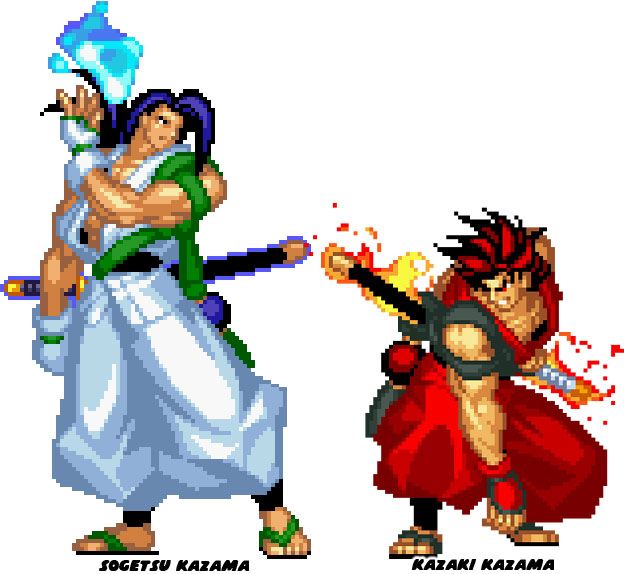
For every mythological character there was however some basis of reality. This was what made each fighter unique in the SNK series. The Prussian character Neinhalt Seiger did not fight with a sword but instead with a modified gauntlet. He could block sword strikes with his metal arm and counter attack with a powerful punch. Audiences may not have realized it but there was a legendary warrior that also fought with a metal arm. Gottfried von Berlichingen better known as the "Iron Hand" predated Musashi and Jubei by almost a century. The German Knight was more of a rogue that reveled in his many battles. He fashioned himself a mechanical arm after he lost his real one in battle. It was extremely advanced for its time, with individual locking fingers capable of gripping a sword or even writing pen. He stated that he wished he had lost his arm sooner because his mechanical arm was much more useful to him. His exploits were well known through the late 15th and 16th centuries. In the 17th century Mozart was inspired to write an homage to Gottfried titled Leck mich im Arsch, literally translated to "Lick my ass" because that was the insult that he would yell at his rivals. Thankfully Seiger was a much more well-mannered character and SNK was not forced to censor any of his dialogue.
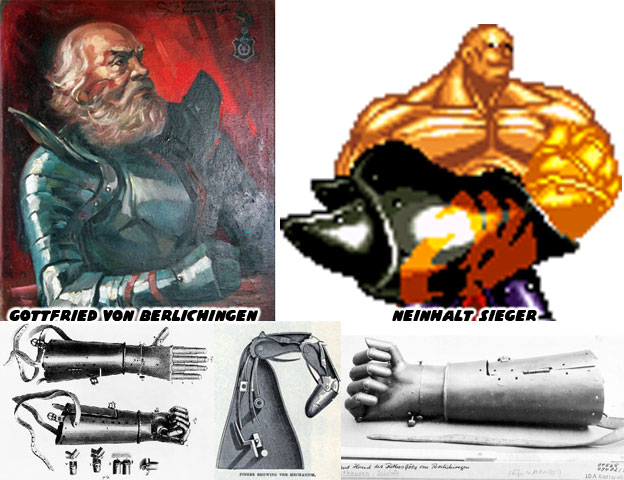
Mythology and the fighting arts seemed to go hand-in-hand. The stories of the brave knights of England and honorable samurai from Japan inspired countless generations. In many instances the ancient gods were the original heroes of storytelling. They split the Earth apart with their martial prowess and saved humanity again and again from the demonic hordes. The influence of these religious characters could not be escaped. Even in the era of the mixed martial arts superstar there was still plenty of room for supernatural heroes and villains as well. The next blog will look at how Indian, Chinese and Japanese mythology shaped fighting game characters. As always if you enjoyed this blog and would like to sponsor me please visit my Patreon page and consider donating each month, even as little as $1 would help make better blogs and even podcasts!

No comments:
Post a Comment